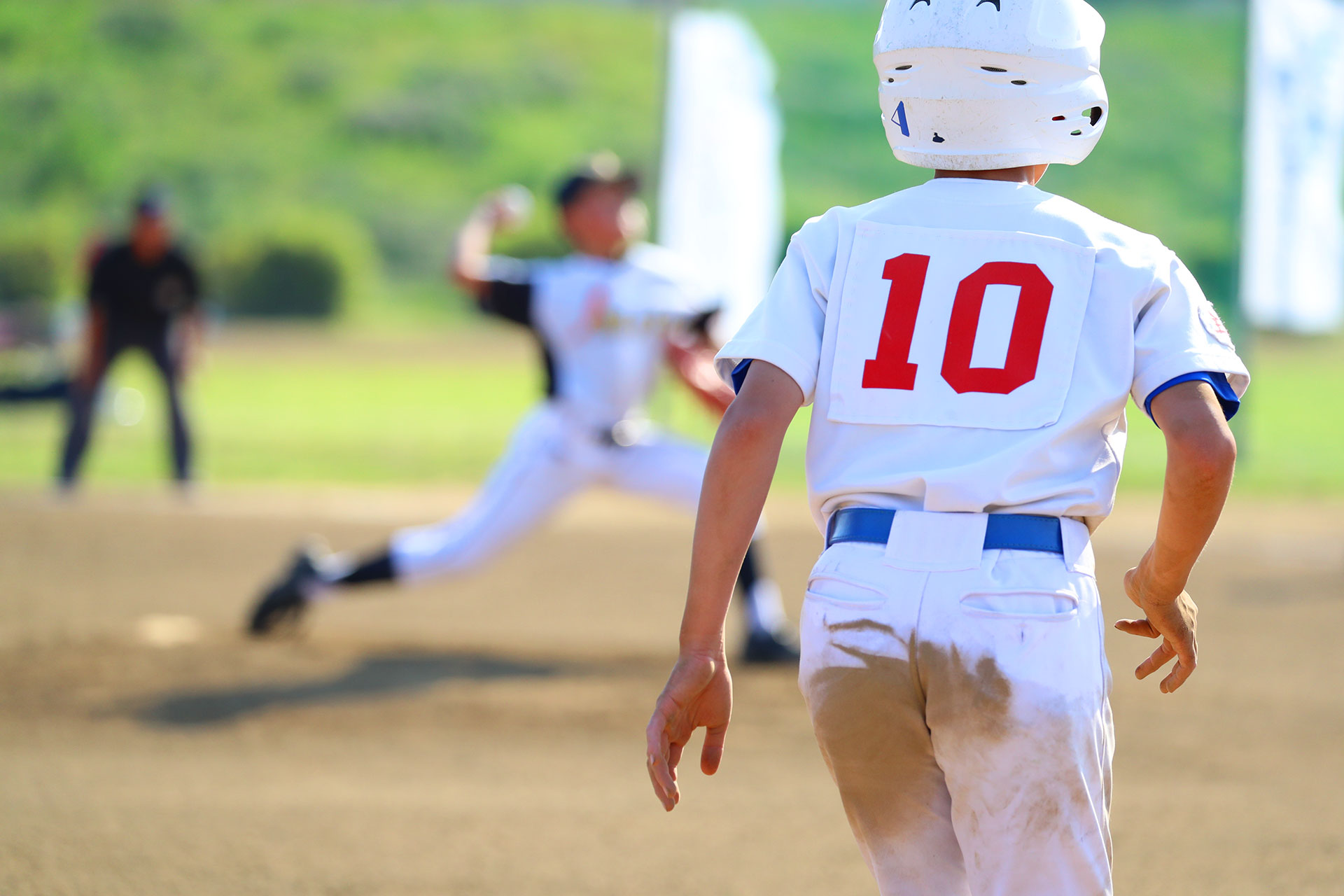Step Out of Practice. Step Into Game Mode.
Most training environments are comfortable. Reps are predictable. Pitch speeds stay steady. Mistakes? No big deal. That’s the problem.
Game mode is different. It’s fast, pressure-packed, and unforgiving. Pitchers don’t tell you what’s coming. Fans don’t wait while you reset. If your training doesn’t replicate that reality, then it’s not preparing you. It’s pacifying you.
So what if you could simulate pressure before the pressure hits?
Game Day Doesn’t Start at First Pitch
The sharp crack of the bat. The split-second decision at the plate. The crowd noise—or maybe just the inner noise in your own head. These aren’t just physical moments. They’re mental tests.
Great hitters don’t just swing. They anticipate. React. Trust.
That kind of readiness only comes from training under game-like conditions. Not soft toss. Not lobs down the middle. But unpredictable sequences, movement, deception, and speed variation. In short, real baseball.
How to Make Practice Count
Stepping into game mode before opening day means building high-quality reps and stacking them with intention. It means creating habits that hold up under stadium lights. Here’s how serious programs do it:
- Train against simulated pitchers with realistic release points
- Practice identifying pitch types as they break, not after
- Use video and feedback loops to correct in real time
Game mode isn’t about grinding harder. It’s about replicating intensity. Because if your mind and body haven’t met that intensity before game day, they’ll flinch.
Consistency Over Chaos
In a game, you don’t get five warm-up swings. You don’t get to ask the pitcher what’s coming. But in a smart training setup, you can still build consistent exposure to those exact scenarios, over and over again.
That kind of repetition doesn’t just sharpen reflexes. It builds confidence. The kind that doesn’t break when the count is full and the game’s on the line.
The Shift from Drills to Domination
It’s time to stop treating practice as a bubble. Treat it like a rehearsal. Turn each session into a test run. Let players fail, adjust, and succeed. Not just mechanically, but mentally, too.
Because when practice looks, sounds, and feels like the game, there’s no “ramp up.” There’s only readiness.
And that’s what separates the players who show up from the ones who show out.
Your Game Mode Starts Now
You can stay in comfort and call it practice. Or you can raise the bar and call it preparation.
Step out of the routine. Step into resistance. Step into something that mimics the noise, the speed, the nerves.
Step into game mode. Before the game even begins.




